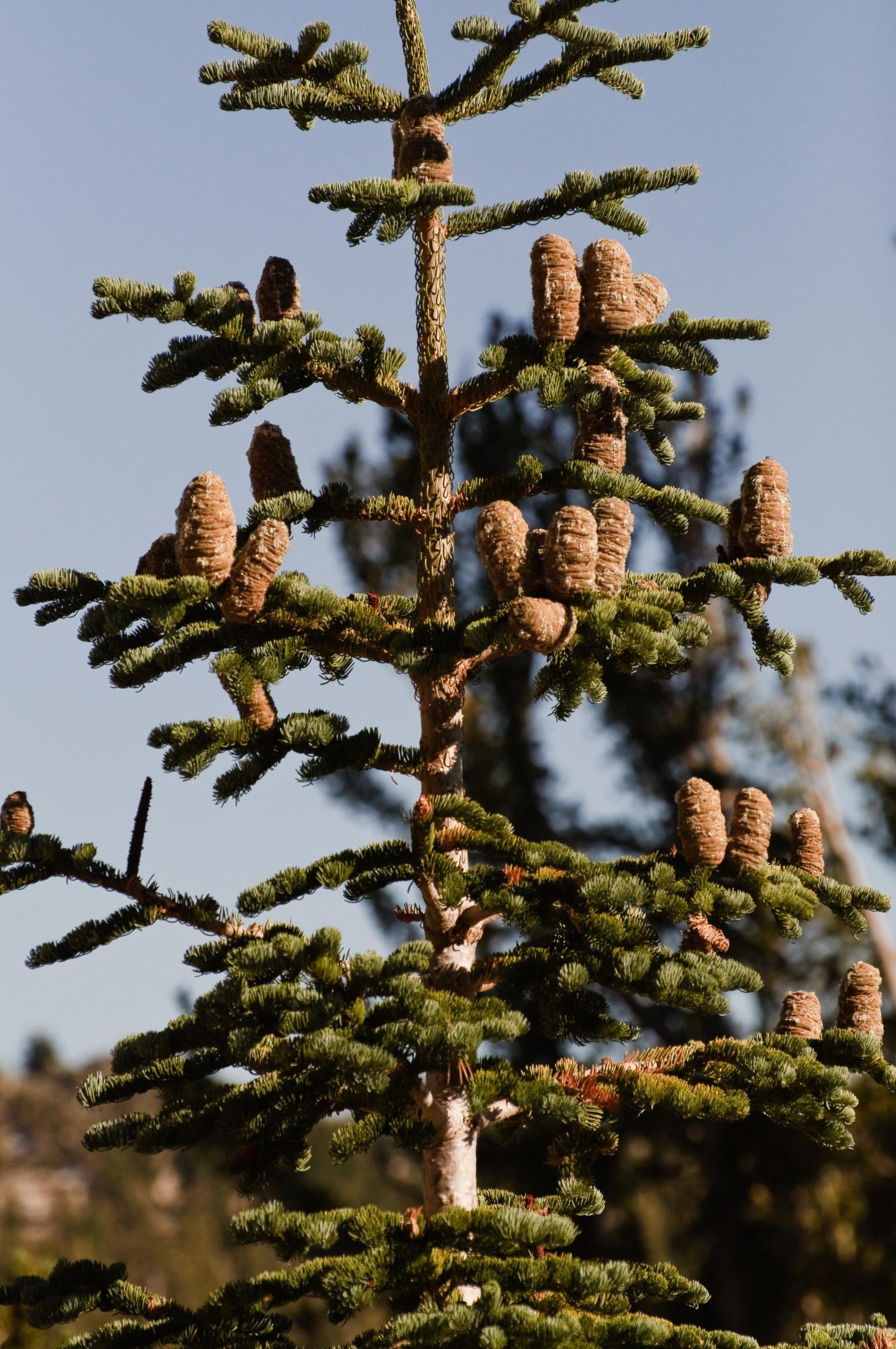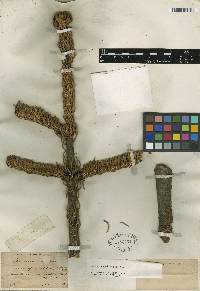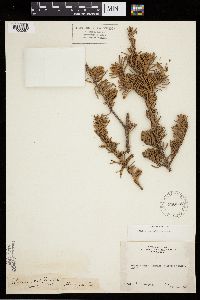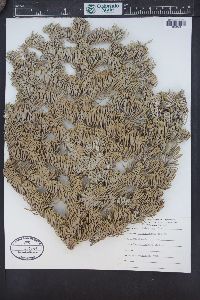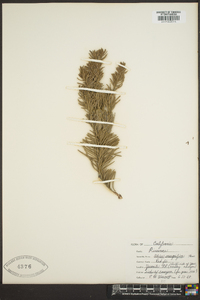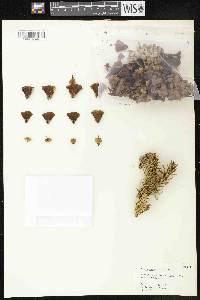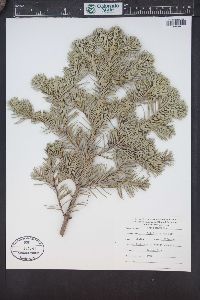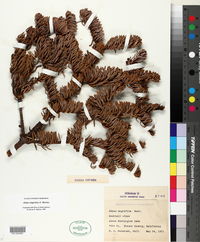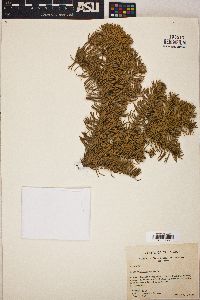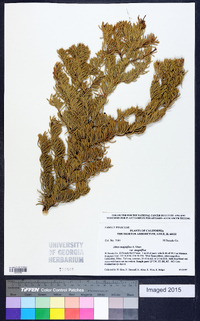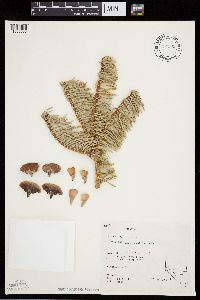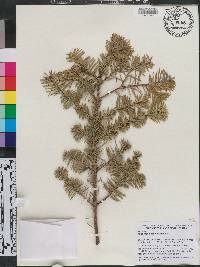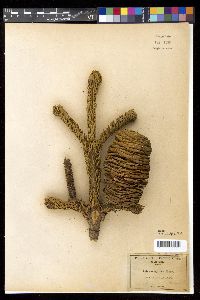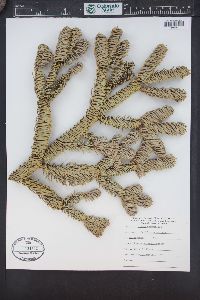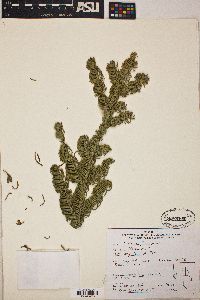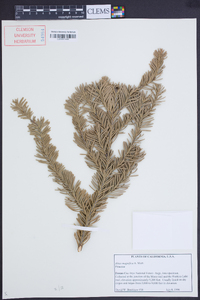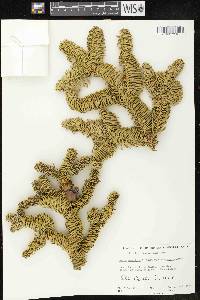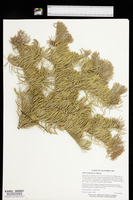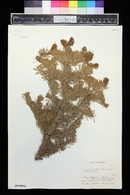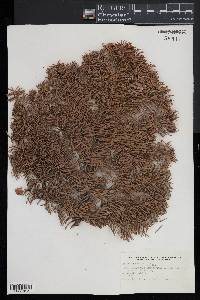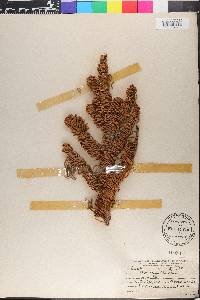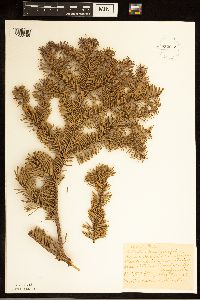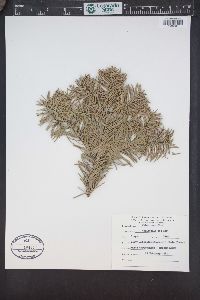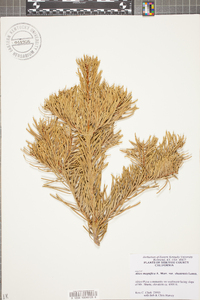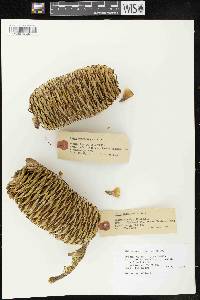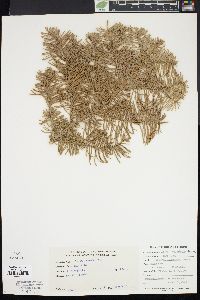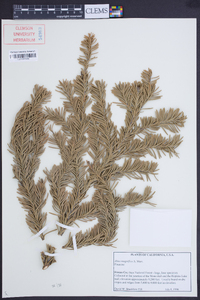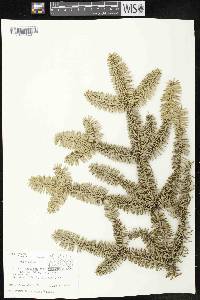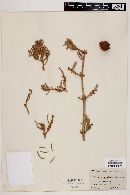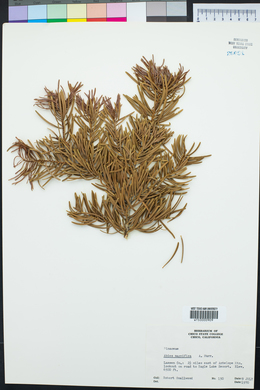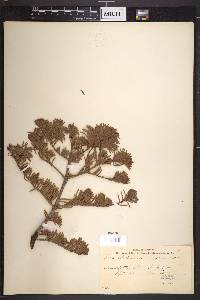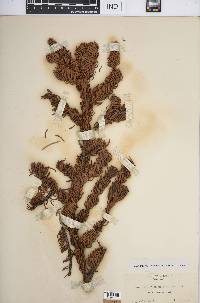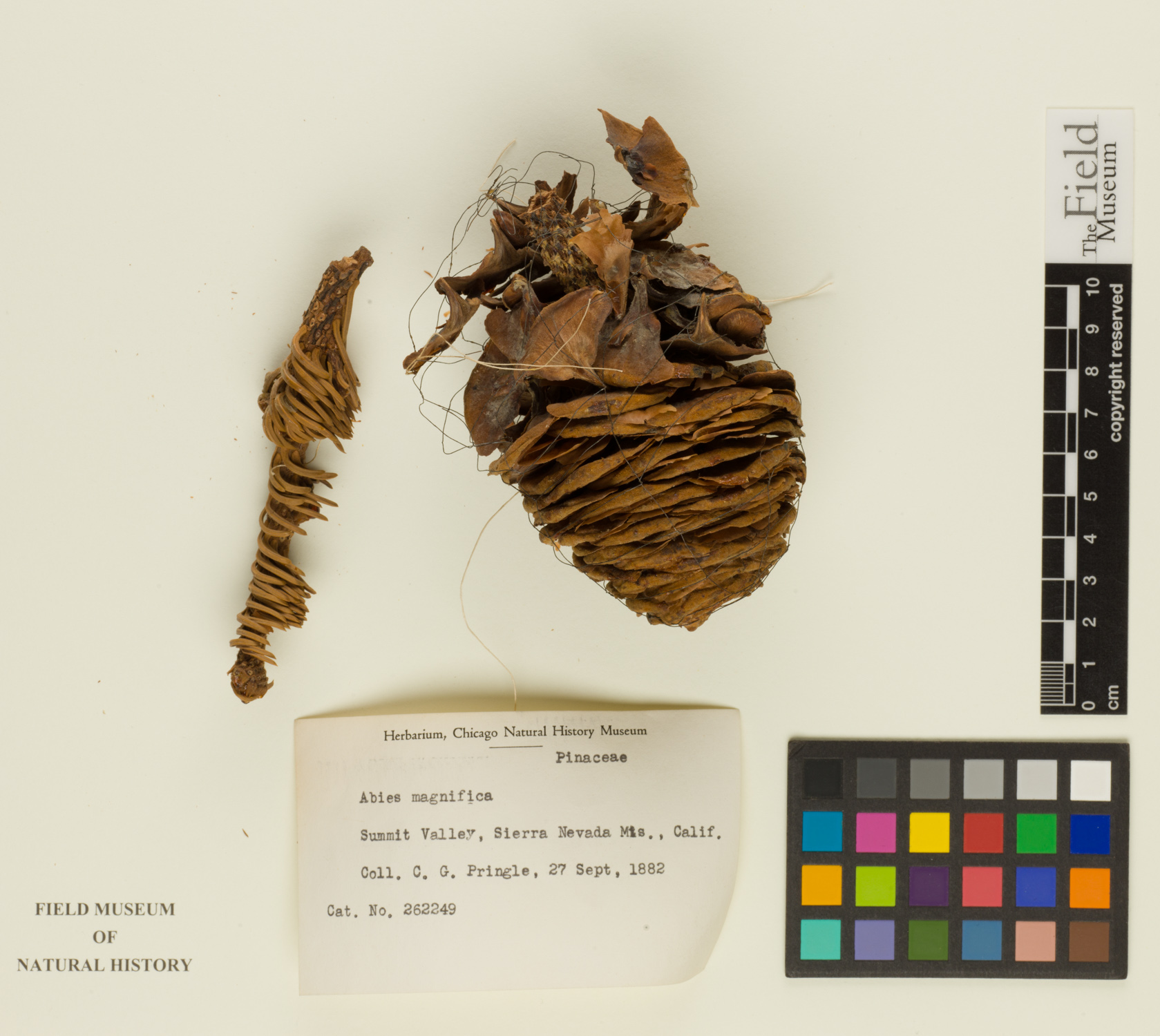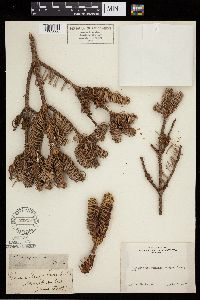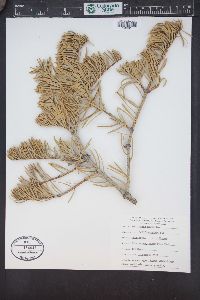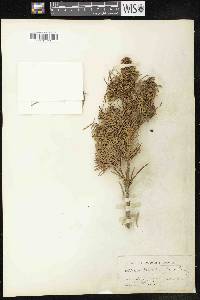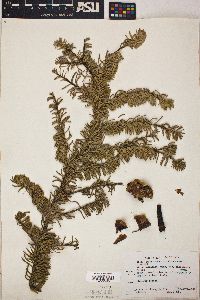
|
|
|
|
Family: Pinaceae
California Red Fir
|
Trees to 57m; trunk to 2.5m diam.; crown narrowly conic. Bark grayish, thin, with age thickening and becoming deeply furrowed with ridges being often 4 times wider than furrows, plates reddish. Branches ascending in upper crown, descending in lower crown; twigs opposite to whorled, light yellow to ± tan, reddish pubescent for 1--2 years. Buds hidden by leaves or exposed, usually dark brown, ovoid, small, not resinous or with resin drop near tip, apex rounded; basal scales short, broad, equilaterally triangular, densely pubescent, not resinous, margins entire to crenate, apex sharp-pointed. Leaves 2--3.7cm ´ 2mm, mostly 1-ranked, flexible, the proximal portion often appressed to twig for 2--3mm (best seen on abaxial surface of twig), distal portion divergent; cross section flat, with or without weak groove adaxially toward leaf base, or cross section 3--4-sided on fertile branches; odor camphorlike; abaxial surface with 2 glaucous bands, each band with 4--5 stomatal rows; adaxial surface blue-green to silvery blue, with single glaucous band that may divide into 2 toward leaf base, band with (8--)10(--13) stomatal rows at midleaf; apex rounded or, on fertile branches, somewhat pointed; resin canals small, near margins and abaxial epidermal layer. Pollen cones at pollination ± purple or reddish brown. Seed cones oblong-cylindric, 15--20 ´ 7--10cm, purple at first but becoming yellowish brown or greenish brown, sessile, apex round; scales ca. 3 ´ 4cm, pubescent; bracts included to exserted and reflexed (Shasta red fir) over scales. Seeds 15 ´ 6mm, body dark reddish brown; wing about as long as body, rose; cotyledons 7--8. 2 n =24. Mixed coniferous forests; 1400--2700m; Calif., Nev., Oreg. Abies magnifica often exists in extensive high elevation stands in the Sierra Nevada; its close relative A . procera occurs in small mountaintop populations relatively isolated from one another. As expected for isolated populations, A . procera produces large interpopulation variation in morphology (J.Maze and W.H. Parker 1983) and chemistry (E.Zavarin et al. 1978). Where the two species meet in southern Oregon and northern California, many populations are intermediate; these have been called A . magnifica var. shastensis Lemmon. The status of such intermediates is unsettled. They may be accepted as hybrids between A . magnifica and A . procera (Liu T. S. 1971) or, alternatively, the paleontological record suggests that the two species may have originated from the intermediates (E.Zavarin et al. 1978). Individuals from this region should be assigned to A . magnifica , A . procera , or A . magnifica × procera (E.L. Parker 1963), depending on the morphologic criteria selected to differentiate the species, though clearly these individuals are genetically quite different from those near the type localities of the two species. An extensive study of this variation, as proposed by E.Zavarin et al. (1978), is warranted. Such a study should consider data from the type localities as a basis of comparison. Moreover, to evaluate this situation critically, one should first determine if any genetic exchange occurs between Abies lasiocarpa and A . procera that may complicate an evaluation.
|
This project was made possible in part by the Institute of Museum and Library Services [MG-70-19-0057-19].
Powered by Symbiota

